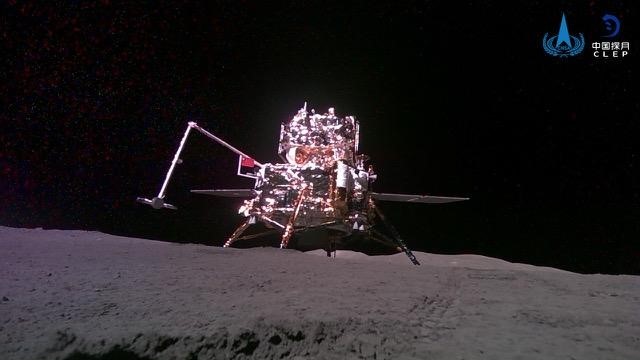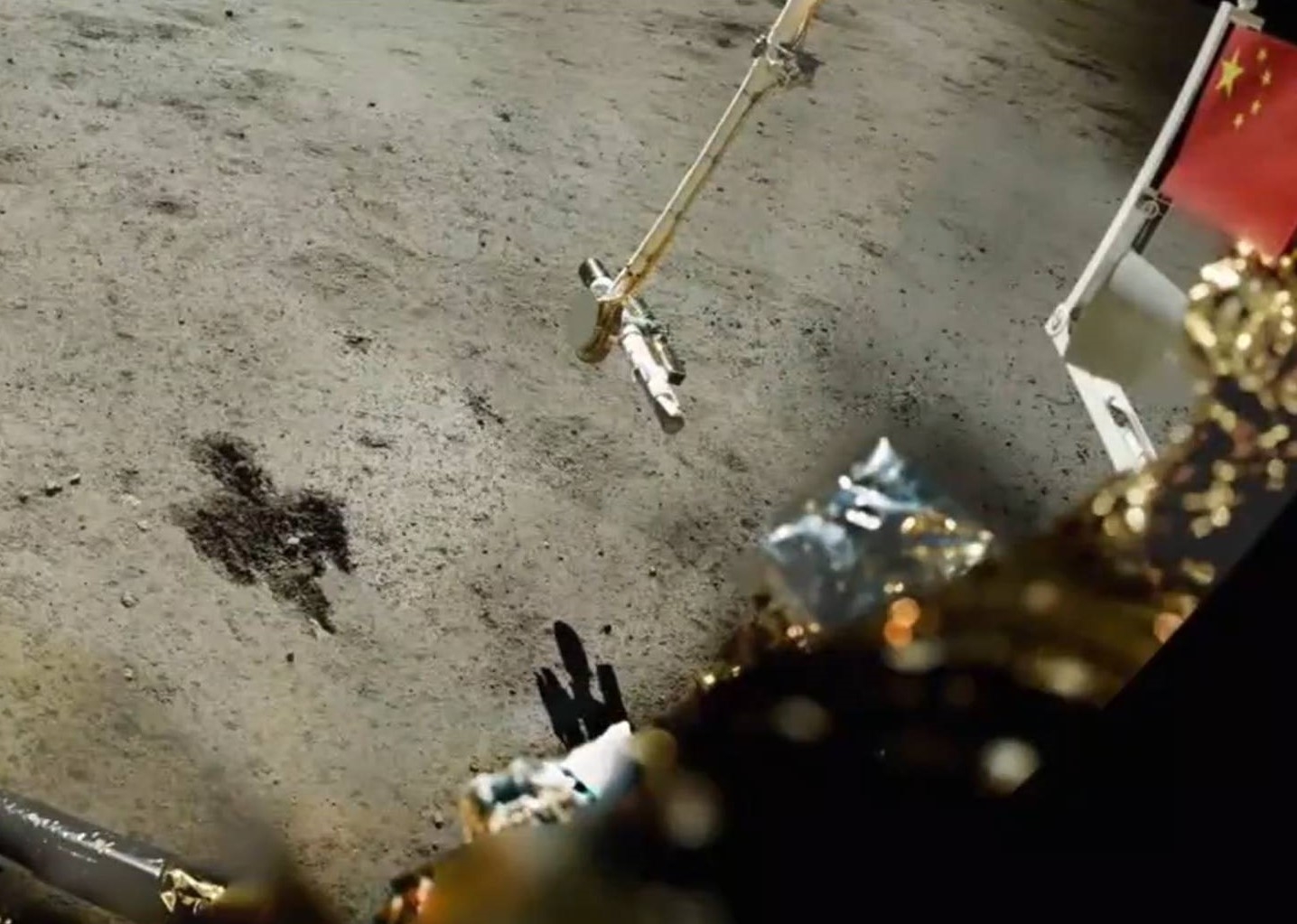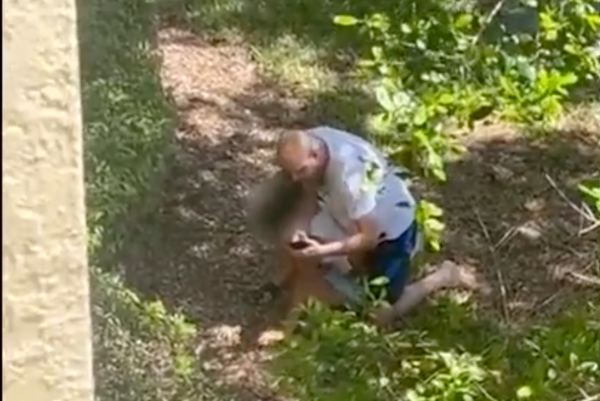
Excitement is mounting for the first-ever return of samples from the far side of the moon.
China's ongoing Chang'e 6 mission is nearing its departure from lunar orbit, after which it will deliver a mother lode of moon materials to Earth.
Earlier this month, more than 200 Chinese scientists from 31 domestic universities and research institutes gathered in Beijing at the Institute of Geology and Geophysics, participating in a "Chang'e 6 Landing Area Geological Background Seminar."
James Head, a leading lunar expert at Brown University, described the event in a posting: "This seminar/workshop was designed to highlight the geological setting of the sample return landing site in the Apollo basin, and the types of scientific problems that can potentially be addressed by analysis of the Chang'e 6 return samples, both themes designed to assist scientists across China in preparing proposals for analysis of the Chang'e 6 samples."
Related: Chang'e 6 probe's far-side moon samples enter return-to-Earth module in lunar orbit, China says

Step by step
The Chang'e 6 multi-component craft launched from south China's Hainan Province on May 3. Its lander-ascender combination safely touched down in the South Pole-Aitken (SPA) Basin on the far side of the moon on June 1, then gathered samples on that day and the next.
The probe's ascender segment launched from the lunar surface with that precious cargo on June 3, then reunited with the orbiter on June 5. The samples continue to orbit the moon in Chang'e 6's return module, awaiting the time to initiate the journey back to Earth.
The return capsule, toting its cache of lunar collectibles, will parachute into a pre-picked landing zone at Siziwang Banner in north China's Inner Mongolia Autonomous Region. That reentry is expected to take place on June 25 (Beijing time), according to informed sources. Upon capsule touchdown, Chang'e 6 will wrap up its 53-day space mission.
European ground stations are providing support to Chang'e 6, according to the European Space Agency (ESA). Shortly after the May 3 launch, for example, ESA's Kourou station in French Guiana tracked the spacecraft for several hours to confirm its orbit.
Around June 25, ESA will catch signals from the Chang'e 6 return module via the agency's Maspalomas station, operated by the Instituto Nacional de Técnica Aerospacial (INTA) in Gran Canaria, Spain.
International partnership
James Carpenter, lead for moon and Mars science for ESA's Directorate of Human and Robotic Exploration, stressed that the Chang'e 6 samples could help broaden humanity's understanding of the moon's formation.
"China has presented a very exciting plan for lunar exploration. After Chang'e 6, we have the Chang'e 7 mission and Chang'e 8. They're talking about having humans on the surface of the moon and an international lunar research station," Carpenter said, speaking to China Media Group from Noordwijk, the Netherlands.
"These are things that China has set out as elements of their plan. I think it's a very exciting plan. I think the scientific outcomes that could come from this would be fantastic. And I think internationally we're all interested to see how this progresses and where are the opportunities for international partnership," Carpenter said.







